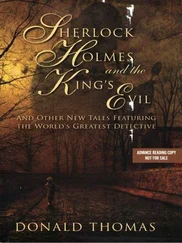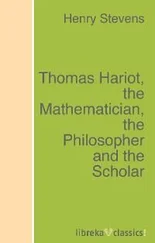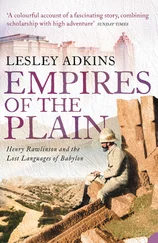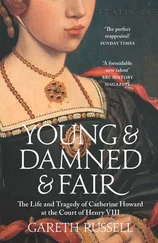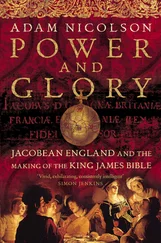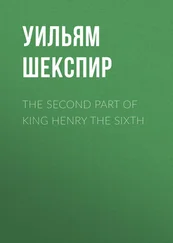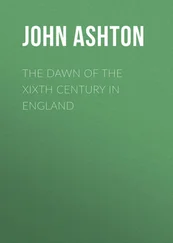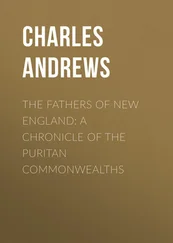As usual that Christmas, the solemn liturgies and crown-wearing processions were interwoven with the feasts, the endless processions of extravagantly dressed and spiced dishes borne out of the royal kitchens, the distribution of largesse to heralds and winter clothing to the household servants, and the entertainments: a succession of tumblers, singers, carollers and minstrels, interludes and plays. Weaving through the festivities on his hobby horse pranced the mocking master of ceremonies, the lord of misrule. Pursued by his band of gaudily dressed, painted fools, he supervised the programme of revels and ‘rarest pastimes to delight the beholders’, with its satirical upending of the established order – kitchen servants strutting around with the airs, graces and clothing of great men; household officers acting as menials – all to be done, of course, ‘without quarrel or offence’. 2Behind this temporary upside-down world lurked a sense of the fragility of things, that the lurching wheel of fortune which raised people up could as quickly overturn them. Riches, honour, wealth, and life, could disappear in an instant.
On New Year’s Day, servants queued to present the king and queen with gifts from their masters: large sums of money from Henry’s close counsellors and, from others, fine foods and exotic fruits – pomegranates, branches of oranges, figs – and a snarling leopard, with which Henry was clearly delighted, rewarding the giver liberally with £13 6s 8d. 3Among the gifts was a small Latin manuscript entitled ‘The Book of the Excellent Fortunes of Henry duke of York and his Parents’. The composer of this fulsome horoscope was William Parron, the Italian astrologer who had carved out for himself a role at court as a semi-official peddler of prognostications, which he combined with a sideline in cheap printed almanacks. The fashionable classical allusions which Parron sprinkled over his predictions may have given them a certain superficial authority, but he made sure to tell Henry what he wanted to hear: his most notorious moment to date had been his advocacy of the judicial murder of Edward earl of Warwick back in autumn 1499. Now, in the wake of Arthur’s death, Parron’s horoscope for 1503 predicted the glowing futures of Henry, Elizabeth and Prince Henry, who received his own personalized copy, dedicated to him in his new role as prince of Wales. This time, though, Parron had overreached himself. Elizabeth, he forecast, would live to the age of eighty. 4
Late in January, the royal household moved downriver, to the Tower. Elizabeth was carefully ferried in her barge, reclining heavily on cushions and carpets, burning braziers filled with sweet herbs to mask the smells of the freezing Thames, her twenty-two oarsmen rowing with particular care. At the Tower, the rituals of childbirth began with a ceremonial mass in the chapel of St John the Evangelist, followed by a ‘void’ of spiced wine and sweetmeats. Then, surrounded by her ladies and gentlewomen, her mother-in-law Lady Margaret Beaufort at their head, Elizabeth went into confinement.
Following ordinances drawn up by Lady Margaret, the chamber in which Elizabeth would give birth had been meticulously well appointed. Above the heavily carpeted floor, the ceiling, walls, ‘windows and all’ were swathed in blue arras peppered with gold fleurs-de-lys, signifying kingship and that paradigm of motherhood, the Virgin Mary. One window only was left uncovered to admit light. The room had a cupboard gleaming with plate, two cradles standing in readiness and a ‘rich altar’ encrusted with relics of the saints. Below their velvet, gold and ermine canopies of estate worked with embroidered red-and-white roses stood the bed on which the queen was to give birth, and at its foot a pallet, half-throne, half day-bed, with furnishings of velvet and cloth-of-gold and counterpanes of ermine-fringed scarlet. In this opulent, womblike environment, in which the events crucial to the dynasty and the country would unfold, the queen’s status was exalted, almost sacred. The furnishings, too, were designed with tranquillity in mind, the simple patterns of the fleurs-de-lys preferred to more elaborately designed arras with ‘images’, so as not to overstimulate ‘women in such case’. And while Alice Massy, Elizabeth’s favoured midwife, was in attendance, there were as usual no physicians. The presence of men in this all-female environment was forbidden – besides which doctors, it was thought, only served to cause anxiety to women in labour. 5
On 2 February, the household celebrated Candlemas. Of all the great feasts of estate, Candlemas was one of the most distinctive. Forty days after Christmas, its candles emphasized the light brought into the world by the new-born child. In the depth of winter they symbolized, too, rebirth and renewal, bringing a sense that the first faint signs of spring could not be too far away. On that day, barely a fortnight into a confinement intended to last a month, Elizabeth was convulsed by sudden and violent contractions. 6
The traumatic and premature labour was badly handled, and Elizabeth became feverish. Soon, she had a raging temperature and was slipping in and out of consciousness. Waiting with mounting anxiety outside his wife’s apartments, Henry frenziedly sought medical advice. Messengers rode through the night into Kent and the west country to summon specialists. Nothing worked. On 11 February, her thirty-seventh birthday, Elizabeth died. Her sickly baby daughter, hastily christened Catherine, followed soon after. 7
Nobody, those around Henry reported, had ever ‘seen or heard’ the king in such a state. Anguish ruptured the poised regality in which he had sublimated all his anxieties. Years before, in exile, rumours of Elizabeth’s betrothal to Richard III had ‘pinched him to the very stomach’; now, her death provoked in him a visceral response.
As his wife’s newly coffined body lay in the chapel of St John the Evangelist, bathed in the light of innumerable candles, and attended by her mourning gentlewomen and the ‘great estates’ of court, the king left the funeral ceremonies in the hands of Lady Margaret Beaufort, Thomas Howard, earl of Surrey and Sir Richard Guildford. Commanding six hundred masses to be sung in London’s churches, Henry, surrounded by a clutch of his close servants in mourning black, ‘privily departed to a solitary place to pass his sorrows and would no man should resort to him’. His barge slid away from the Tower and up the wintry Thames to Richmond. There, he disappeared, up flights of stairs, through the succession of public chambers and galleries into the building’s heart, his privy chamber, where he collapsed. 8
On Wednesday 22 February Queen Elizabeth’s funeral procession snaked through London’s crowded, silent streets, from the Tower to her place of burial at Westminster Abbey. Bells tolled and priests stood in church doorways with swaying censers, the pungent smell of incense drifting over the cortège as it passed. With a vanguard of horsebacked lords, among them London’s mayor and Garter king-of-arms John Writhe, the hearse was drawn by eight warhorses caparisoned in black velvet. On it rested a painted, intricately modelled effigy of the late queen, clothed in her crown and robes of estate, bejewelled hands clutching her sceptre. The hearse was accompanied by two hundred poor men, their presence believed to be a powerful act of intercession with Christ, bearing lighted tapers. Following them came the queen’s gentlewomen, eight ladies of honour riding black palfreys, the rest in two carriages, each drawn by a team of six horses. Chaplains, squires, knights and aldermen rode alongside, black gowns draped behind, their mourning hoods pulled down obscuring their faces. The orders of friars patronized by Elizabeth, the Carmelites in their white habits and the Augustinians in black, joined the king’s chapel choir in the singing of ‘solemn anthems’. Then followed representatives of London’s guilds and the city’s foreign mercantile and banking communities: Spanish, French, Dutch and Germans, Venetians, Florentines, Lucchese and Genoese.
Читать дальше


